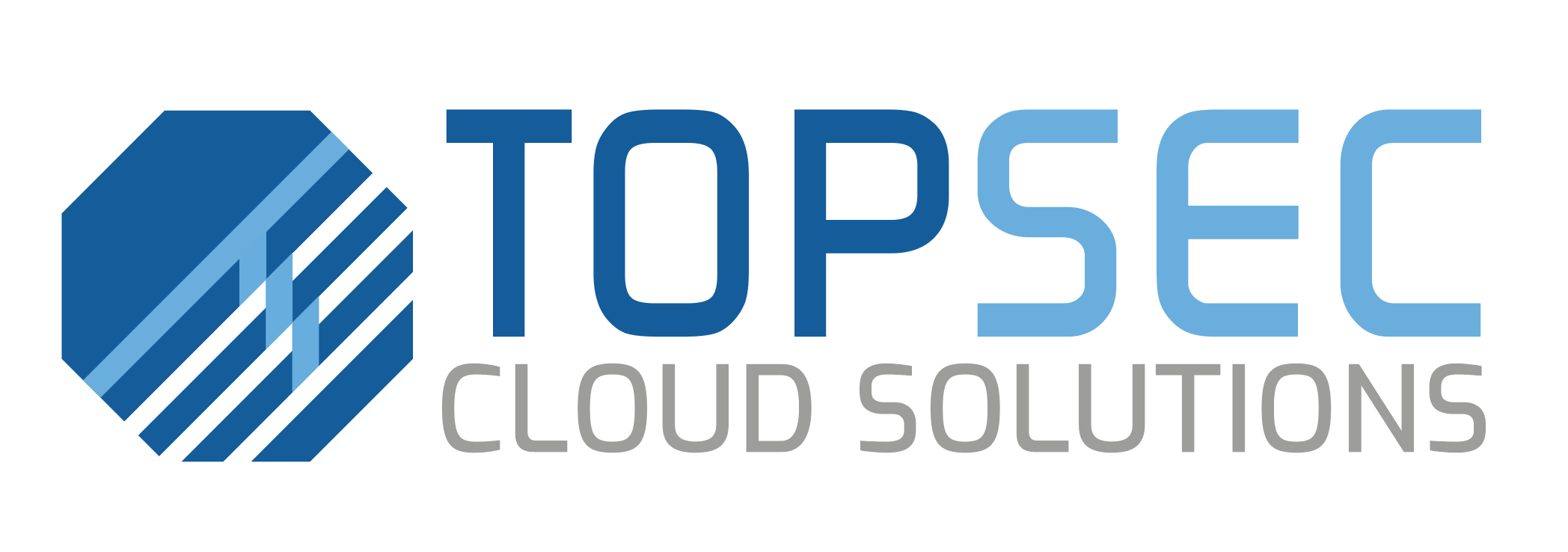What is DMARC? A Complete Guide

What is DMARC? A Complete Guide Having a DMARC policy helps in authenticating your email and protects brand reputation. Get a Quote Download Datasheet Email Security > DMARC What is DMARC? A Complete Guide DMARC is an open email authentication protocol that provides robust domain-level fortification of the email communication channel. It is a robust shield protecting email domain owners from unsolicited exploitation and malicious activities. DMARC is a protocol—essentially a set of rules—that dictates how email receivers and senders handle email authentication. By Cian Fitzpatrick | 18 July, 2023 DMARC significantly diminishes the likelihood of phishing and spoofed emails breaching security and ending up in an end user’s inbox. It has proven an indispensable ally in the relentless battle against email-related cybersecurity threats. What does DMARC stand for? DMARC stands for Domain-based Message Authentication, Reporting & Conformance. It functions as a roadmap to guide the email authentication process. It offers email domain owners a mechanism to defend against misuse and potential cyber threats while ensuring the unhindered flow of authorised emails. What is DMARC in email? DMARC in email operates as a steadfast security guard for your domain. It’s a policy allowing domain owners to specify that their emails are protected by SPF (Sender Policy Framework) and DKIM (DomainKeys Identified Mail). It communicates to the recipient’s mail server how to handle emails from your domain that fail SPF and DKIM checks—thereby adding an additional layer of authenticity and security. How does DMARC work? DMARC is a vital line of defence in email security, following SPF and DKIM. When an email arrives, the recipient’s mail server initiates a DMARC check. This check involves verifying whether the email aligns with the DMARC policy specified by the domain owner. If the email passes the DMARC check, it lands safely in the recipient’s inbox. If it fails, however, the recipient’s mail server takes action according to the DMARC policy—either marking the email as spam, rejecting it entirely, or delivering it with a warning. If you’re curious about the intricate details of the verification process, delve deeper by reading our comprehensive post on How does DMARC work? Key Components of DMARC DMARC comprises several integral components, each performing a unique function in the email authentication process. There are three key components- DMARC Record, DMARC Report and DMARC Authentication. Understanding these components can greatly enhance your ability to leverage DMARC for improved email security. DMARC Record A DMARC record is a text (TXT) entry in your domain’s DNS (Domain Name System) record. It specifies the DMARC policies for your domain. When a recipient’s mail server receives an email from your domain, it checks the DNS for your DMARC record to determine how to handle the email. DMARC record lets you decide whether to reject, quarantine, or accept emails that fail DMARC checks. DMARC Report A DMARC report is a document generated by the recipient’s mail server after it has checked an email against your DMARC policy. It provides vital information on who is sending emails on your behalf, the number of emails sent, and the number of those emails that passed or failed DMARC checks. DMARC reports are invaluable for identifying potential issues and ensuring your email authentication protocols work as intended. DMARC Authentication DMARC authentication is the process by which the recipient’s mail server verifies an email against the DMARC policy specified in your DNS. It checks whether the email passes SPF and DKIM checks and whether the domain in the DKIM signature or the domain in the email’s return-path (envelope from) aligns with the domain in the email’s header-from. The email is authenticated if it passes these checks; if not, the mail server takes action as specified in your DMARC policy. Get Your Policy=Reject Contact Topsec today Get Quote DMARC, SPF, and DKIM: A Comparison Email authentication can often appear as a complex maze of acronyms. Appreciating how these different security measures—DMARC, SPF, and DKIM—interact and complement one another is important. What are DMARC, DKIM, and SPF? DMARC, SPF, and DKIM are all authentication methods designed to secure your emails against misuse and forgery. SPF (Sender Policy Framework) enables domain owners to specify which servers can send emails on their behalf. Meanwhile, DKIM (DomainKeys Identified Mail) provides an encryption key and digital signature that verifies that an email message was not faked or altered. DMARC unifies the SPF and DKIM authentication mechanisms into a common framework. It allows domain owners to declare how they would like an email from that domain handled if it fails authentication. What is a DMARC policy? A DMARC policy is a specification that the domain owner sets in their DMARC record. It instructs the recipient’s mail server on actions to take if an email fails DMARC authentication. The policy can be set to none (take no action), quarantine (mark as spam or segregate), or reject (discard the email). What are the different types of DMARC policies? Monitor (p=none): It allows all emails, even those failing DMARC checks, to be delivered, usually for monitoring purposes. Quarantine (p=quarantine): It places failing emails into the spam or junk folder. Reject (p=reject): It blocks delivery of non-compliant emails. How to choose the right DMARC policy? Choosing the right DMARC policy depends on your organisation’s risk appetite and your confidence in your email authentication setup. If you’re beginning with DMARC, a ‘none’ policy can be a good starting point for monitoring your email flow. Once you’ve optimised your SPF and DKIM setups and are confident about the legitimacy of your outgoing emails, you can move to a ‘quarantine’ policy and eventually a ‘reject’ policy for full protection. Contact Us to implement your DMARC Policy Call Us Now How to Implement Your DMARC Policy? To implement DMARC, you must ensure your emails are SPF and DKIM-compliant. Next, you publish a DMARC record in your DNS with a ‘none’ policy for monitoring. After analysing the DMARC reports and resolving any issues, you can gradually move to a ‘quarantine’ and then a ‘reject’ policy. Common challenges

